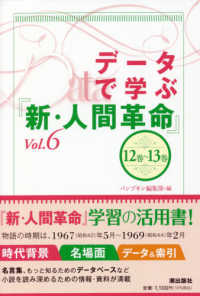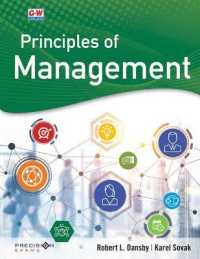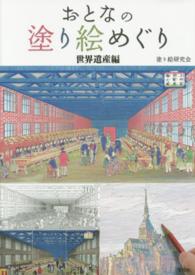Full Description
This monograph interprets China's macro-economic reform concerning the countryside, agriculture and farmers (known as Sannong) from the micro perspective of rural households. It makes full use of the survey data of hundreds of villages from the fixed observation sites for decades, and the first-hand data of rural households in different representative regions, ensuring the book to be reliable in evidence, meaningful in historical study, and systematic in comparative examination, thus provides a panoramic view of rural China in the reform years. The author skillfully uses the scientific research methods to analyze from surface to inside, and from micro to macro, with the combination of quantitative and qualitative approaches, making the analysis more insightful.
Contents
Part I. Historical Development.- 1. Rural Household Economy over 30 Years.- Part II. Farmers' Behavior.- 2. Rural Saving Behavior.- 3. Migration Intention.- 4. Rural Employment.- 5. Labor Transfer Mechanism.- Part III. Rural Policies.- 6. The Trial of 'Tax for Fee'.- 7. The Implementation of New Rural Policies.- 8. Effects of New Rural Policies.- 9. The Effects of Tax Reform.- Part IV. The Land System.- 10. The Law and Farmers.- 11. The Deficiency and Reform of the Land Acquisition System.








